
Being a productive business owner is essential for the success and growth of any enterprise. Productivity isn’t just about working harder; it’s about working smarter.
Here are 25 practical strategies that can help business owners maximize their efficiency, streamline their operations, and achieve their business goals more effectively.
1. Set Clear Goals
Define specific, measurable, achievable, relevant, and time-bound (SMART) goals for your business.
Clear goals provide direction and help you stay focused on what matters most.
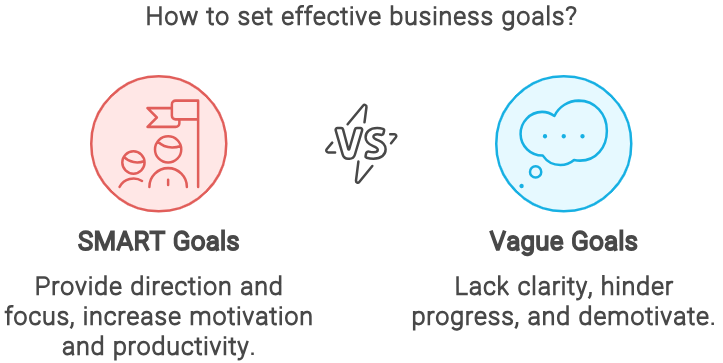
2. Prioritize Tasks
Use the Eisenhower Matrix to categorize tasks based on their urgency and importance.
The Eisenhower Matrix divides tasks into four quadrants:
- Urgent and Important (Do First): Tasks that require immediate attention and are crucial to achieving your goals. These should be prioritized and completed as soon as possible.
- Important but Not Urgent (Schedule): Tasks that are important for long-term success but don’t need immediate action. These should be scheduled for a later time.
- Urgent but Not Important (Delegate): Tasks that require immediate attention but aren’t crucial to your goals. These can be delegated to someone else.
- Not Urgent and Not Important (Eliminate): Tasks that are neither urgent nor important. These should be minimized or eliminated to avoid wasting time.
The matrix helps users focus on what truly matters, reducing stress and increasing efficiency.
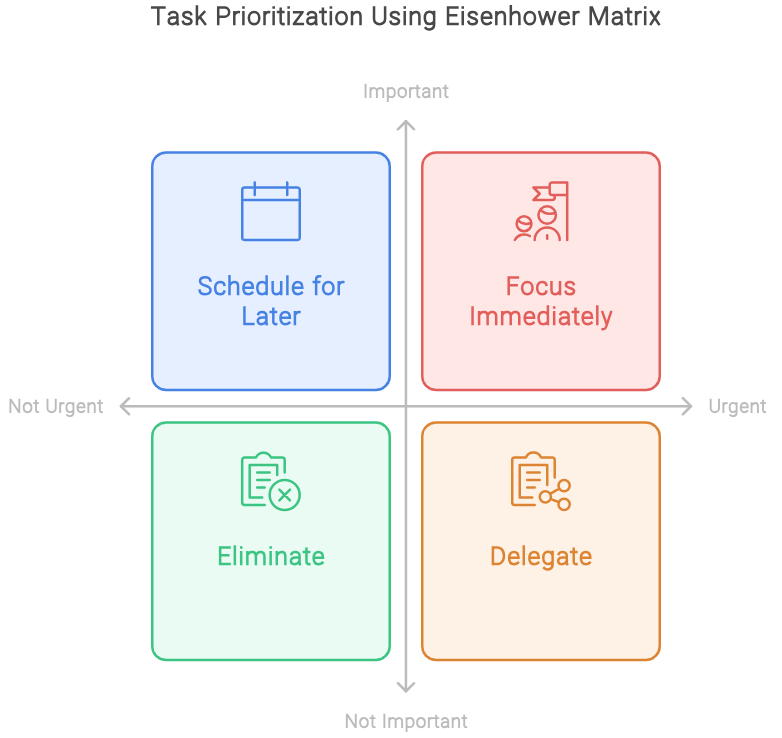
3. Delegate Responsibilities
Identify tasks that can be delegated to employees or outsourced. Delegating allows you to focus on high-impact activities that require your expertise.
4. Use Technology
Leverage productivity tools and software to automate repetitive tasks, manage projects, and streamline communication.
5. Create a Daily Routine
Establish a consistent daily routine that includes time for planning, focused work, and breaks. A structured routine can enhance your productivity and reduce decision fatigue.
6. Limit Distractions
Identify common distractions and take steps to minimize them. This might include setting specific times for checking emails, turning off notifications, or creating a dedicated workspace.
7. Practice Time Management
Use techniques like the Pomodoro Technique or time blocking to manage your time effectively. Allocate specific time slots for different tasks and stick to them.

8. Stay Organized
Keep your workspace and digital files organized. Clutter can be a significant distraction and hinder your productivity.
9. Focus on One Task at a Time
Multitasking can reduce efficiency and increase errors. Focus on completing one task before moving on to the next.
10. Take Regular Breaks
Short breaks can help you recharge and maintain high levels of productivity throughout the day. Consider techniques like the 52/17 rule, where you work for 52 minutes and then take a 17-minute break.
11. Invest in Professional Development
Continuously improve your skills and knowledge through courses, workshops, and reading. Staying updated with industry trends can help you make informed decisions. Checkout your local library’s free access to digital resources.
12. Network with Other Business Owners
Networking can provide valuable insights, support, and opportunities for collaboration. Join industry groups, attend conferences, and participate in online forums. A great app to try is Meetup.
13. Monitor Your Progress
Regularly review your progress towards your goals. Use key performance indicators (KPIs) to measure success and identify areas for improvement.
14. Maintain Work-Life Balance
Ensure you allocate time for personal activities and relaxation. A healthy work-life balance can prevent burnout and improve overall productivity.
15. Seek Feedback
Regularly seek feedback from employees, customers, and peers. Constructive feedback can provide new perspectives and help you improve your business operations.
16. Stay Healthy
Prioritize your physical and mental health. Regular exercise, a balanced diet, and sufficient sleep can significantly impact your productivity.
17. Plan Ahead
Spend time at the end of each day or week planning for the next. Having a clear plan can help you start each day with a sense of purpose and direction.
18. Set Boundaries
Establish clear boundaries between work and personal life. This can help you stay focused during work hours and fully relax during personal time.
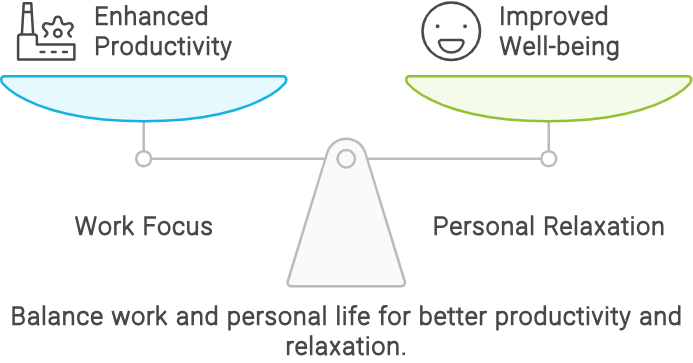
19. Use Data to Make Decisions
Leverage data and analytics to inform your business decisions. Data-driven decisions are often more accurate and effective.
20. Stay Adaptable
Be open to change and willing to adapt your strategies as needed. Flexibility can help you navigate challenges and seize new opportunities.
21. Focus on Customer Satisfaction
Happy customers are more likely to return and refer others. Prioritize customer satisfaction by providing excellent service and addressing feedback promptly.
22. Develop a Strong Team
Invest in hiring and retaining talented employees. A strong team can share the workload and bring diverse skills and perspectives to your business.
23. Simplify Processes
Regularly review and streamline your business processes. Simplifying workflows can save time and reduce errors.
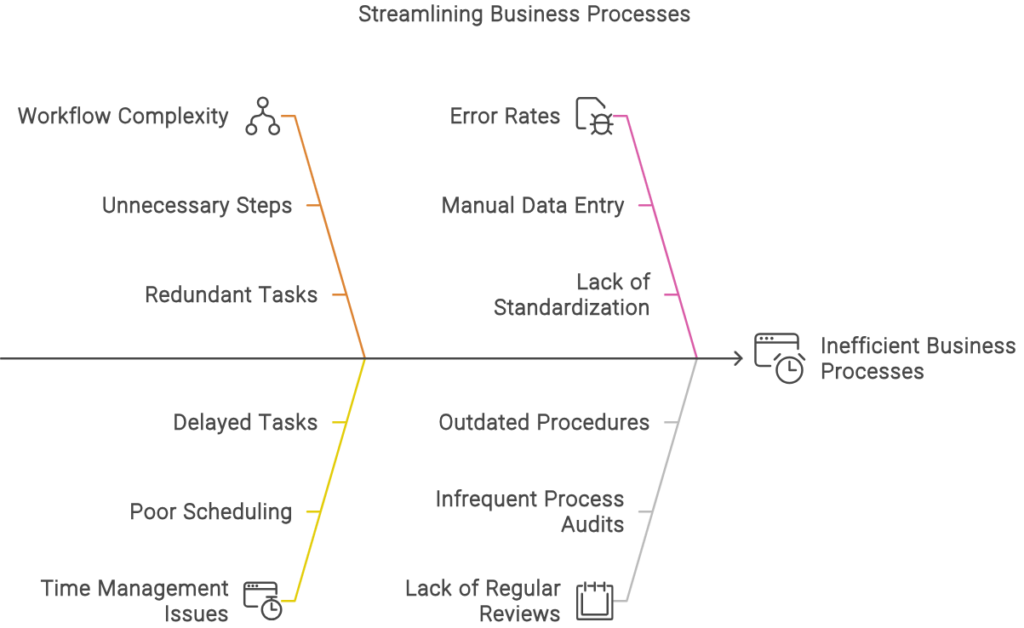
24. Stay Motivated
Find ways to stay motivated and passionate about your business. This might include setting personal challenges, celebrating small wins, or reminding yourself of your business’s purpose.
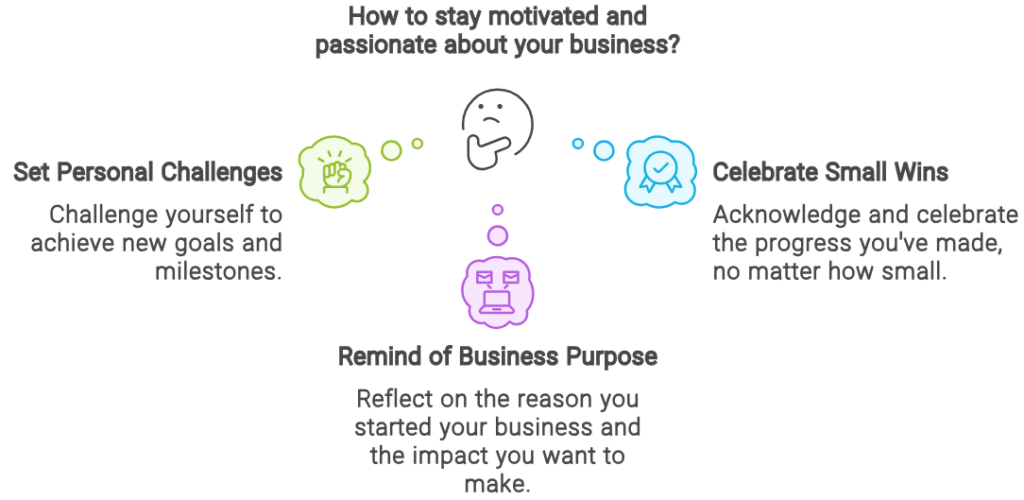
25. Reflect and Adjust
Take time to reflect on your achievements and challenges. Use these reflections to adjust your strategies and continuously improve your productivity.
By implementing these strategies, business owners can enhance their productivity, leading to more efficient operations and greater success. Remember, productivity is a continuous journey of improvement and adaptation.

